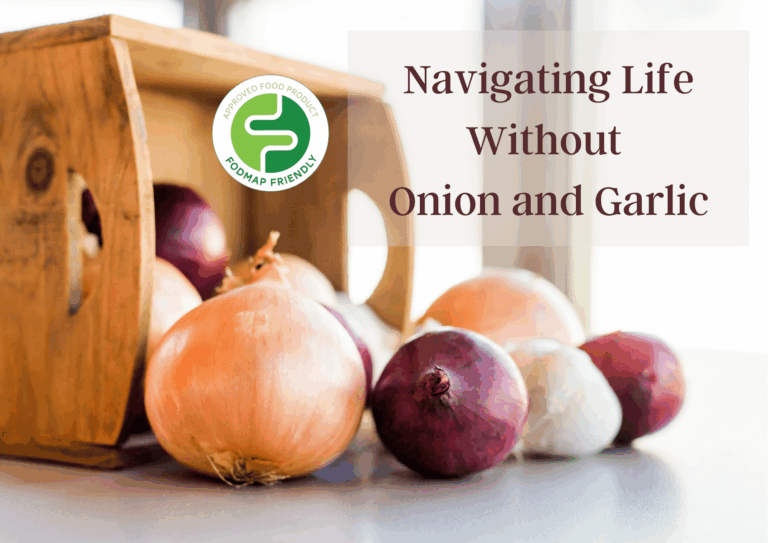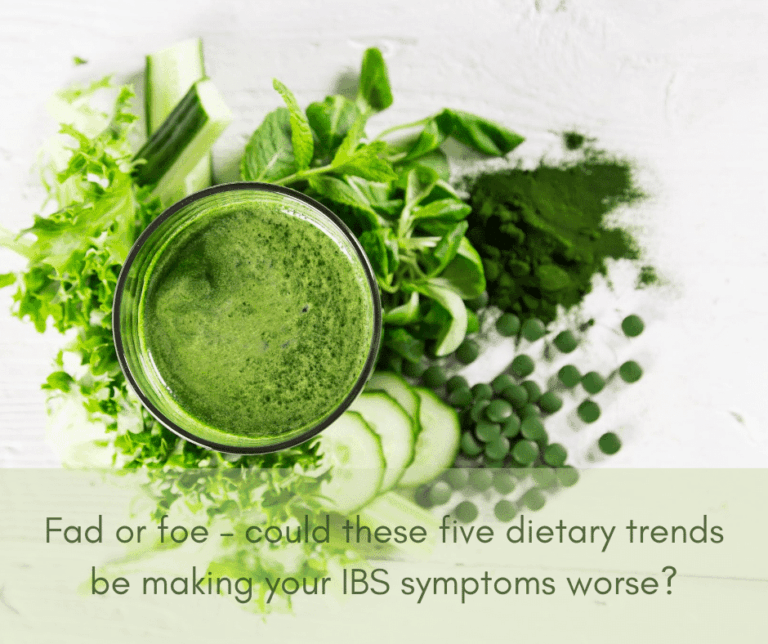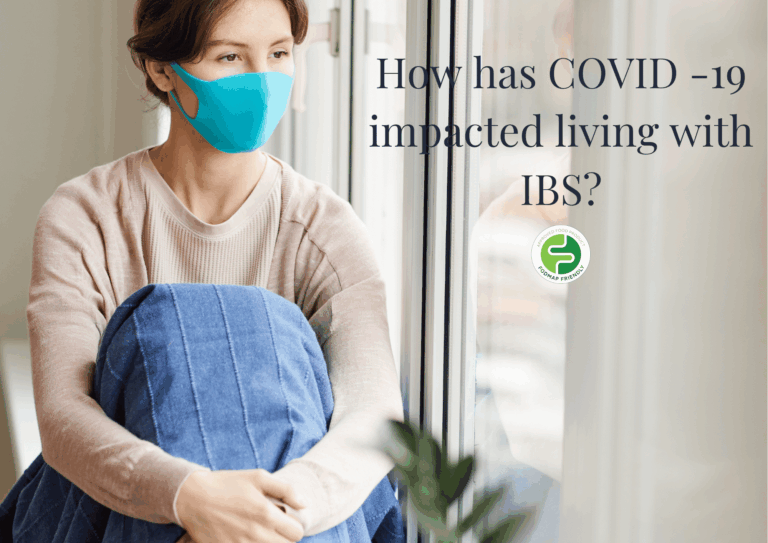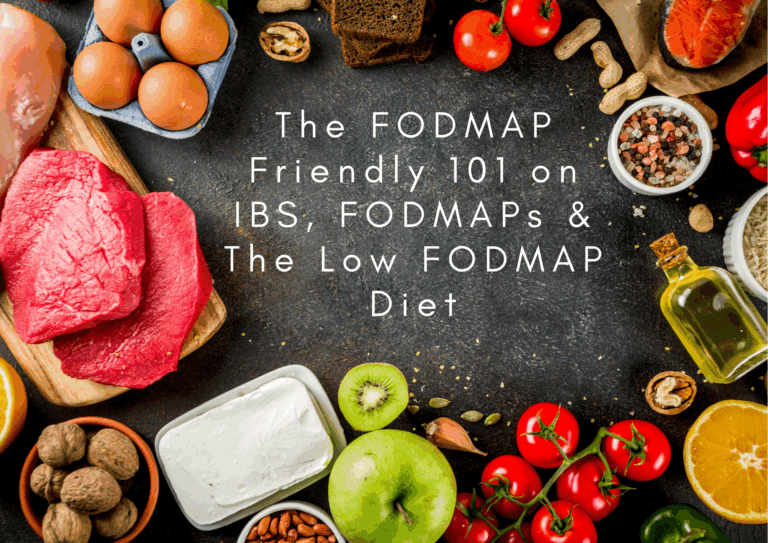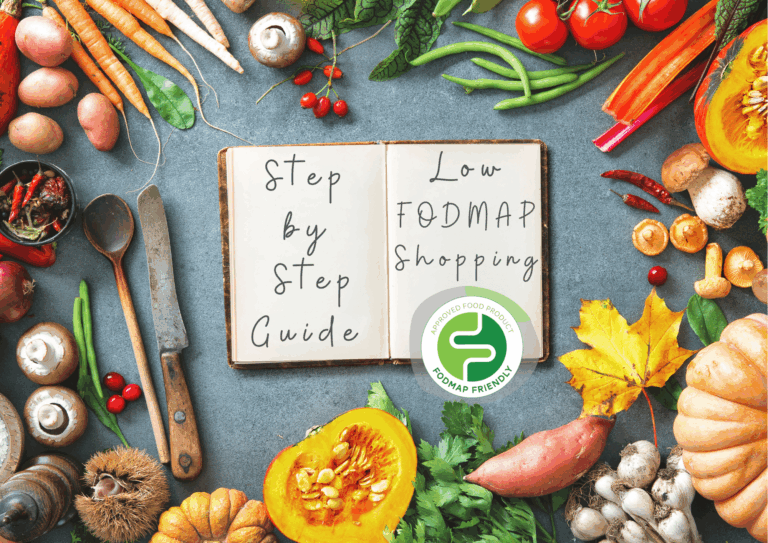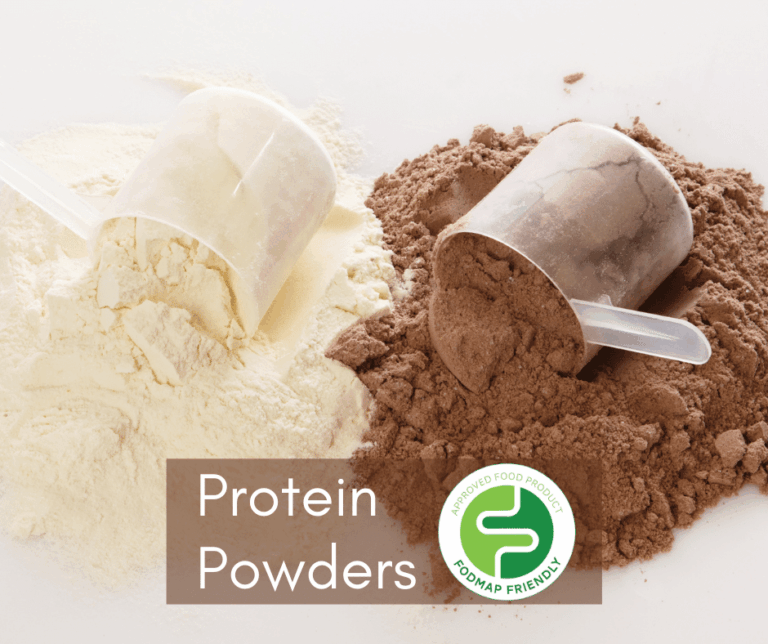It’s Diabetes Awareness Week in the UK and why not take it globally? In 2019 it was approximated that 463 million adults worldwide were living with some form of diabetes; with this number predicted to rise. Mix that up with the growing trend of IBS and there is bound to be some overlap. Although different in cause, both are highly prevalent in the population and diet plays a key role in managing both conditions. That is exactly what we’re going to cover in today’s blog!
What is Diabetes?
Many of you have probably heard of or know someone with the condition diabetes, but what you might not know is that there’s a variety of different sub-types. The two most common types we usually hear about are Type 1 Diabetes Mellitus (T1DM) and Type 2 Diabetes Mellitus (T2DM), with the later accounting for up to 90% of all cases of diabetes.
In T1DM, diagnosis usually occurs in childhood and teen years and T2DM is usually associated with adulthood, however both can occur at any stage. Insulin is a hormone that helps blood sugar (glucose) enter the cells to use as energy. This does not work how it should in those with diabetes, causing a build-up of sugar in the blood.
Think of insulin as an invitation to a party in your cells. For those with T1DM, blood sugar doesn’t have an invitation, whereas, those with T2DM have an invitation but it’s the wrong one. In both cases it causes a big build-up sugar in the blood as it is unable to get into the party. If built up over-time, there can be consequences such as: damage to the heart, nerves, blood vessels, kidneys and teeth;. It is one of the leading causes of cardiovascular disease in many countries.
Management differs between Type 1 and Type 2. For T1DM, it’s typical to have injections of insulin, whereas with T2DM, management is predominantly with medication and lifestyle changes. In some cases T2DM can be managed with insulin injections. Whilst it is a chronic condition, meaning life-long (with few exceptions) diabetes is quite manageable with support from a good team full of health professionals, inclusive of a Dietitian.
What are dietary recommendations for Type 2 Diabetes?
Recommendations for T2DM aren’t that different to general healthy lifestyle advice.
Some key recommendations for individuals with T2DM are:
– Eat regular meals spread throughout the day, with appropriate portion sizes. This is even more important if you’re on insulin and/or other medications for management.
– Aim to have at least 2L of water a day
– Go for 2 fruit and 5 and vegetables a day
– Incorporate fibre-rich carbohydrate sources
– Exercise regularly
– Avoid smoking
– Reduce consumption of ultra-processed and fatty foods. The particular culprits are foods containing a high amount of saturated fat, which increases blood cholesterol and increases risk of cardiovascular disease.
These foods include:
– Pastries, cakes, biscuits
– Pies, sausage rolls
– Processed deli meats
– Fried/fatty take-away foods – such as chips, pizzas, fried chicken
We’re all human and want to enjoy food, so the recommendation is to be mindful of these foods. Ensure that majority of the foods eaten throughout the day include fruit, vegetables, grains, meats/meat alternatives and dairy.
Can you have Diabetes and IBS?
As both are becoming more and more common, it is certainly possible to have both IBS and diabetes. There is A LOT to consider, especially when you’re trying to plan your weekly shop.
Is there a link?
Whilst some data shows that more people with diabetes than without self-report GI problems such as IBS, further research is required. People with diabetes reported a higher rate of constipation than the general population. It was also found that poorly managed blood sugar levels resulted in more upper GI symptoms, such as reflux, nausea or belching.
Can I try the low FODMAP diet if I have Diabetes?
Yes, if you have diabetes and have been diagnosed with IBS, you may try the low FODMAP diet under Dietitian guidance. Although initially it might be tricky, some individuals with diabetes might already have some understanding of the carbohydrates that include FODMAPs.
Some key tips to navigate the low FODMAP diet for those with diabetes:
Limiting fatty foods & having appropriate portion sizes
Both have been found to be triggers in IBS and whilst following the low FODMAP diet, we want to reduce potential triggers. High fat and ultra-processed foods such as fried take away, sausage rolls and pastries can trigger symptoms of constipation or diarrhoea by impacting gut transit. Similarly, larger serves of foods can cause bloating even in the general population, so combine that with the increased sensitivity in IBS and you may experience a pretty uncomfortable time.
Achieving your 2 and 5 a day with low FODMAP fruits and vegetables
Fruits and vegetables are both nutrient dense and low FODMAP fruits and vegetables are suitable for those with diabetes. An added bonus fruits and vegetables are also a good source of fibre which in particular can be useful in diabetes as it assists with blood sugar control and can even lower cholesterol levels.
Fruit:
Aim to include 2 serves of low FODMAP fruit daily. Examples of this include:
- 1 cup of grapes
- 2 small kiwi fruits
- 2 small mandarin
- 1 medium unripe banana
- Both fruit juice and dried fruit are high in sugar, low in fibre and can be high in FODMAPs, so it’s recommended to limit these as they may lead to gut symptoms or poor blood sugar control.
Vegetables:
About 75g of cooked vegetables is one serve, we want to aim for 5 serves of low FODMAP vegetables a day. Examples are:
- 1 cup of salad vegetables, such as lettuce or spinach
- ½ cup of carrots, cucumber or corn
- ½ a medium starchy vegetable, such as potato, parsnip or sweet potato
- In saying this, some starchy vegetables in higher quantities have some FODMAPs, meaning if you have a lot of it, it can contribute to stacking. Starchy vegetables also have more of an effect on blood sugar levels, so serve size issomething to keep in mind.
For more low FODMAP fruit and vegetable options, check out our evidence-based FODMAP Friendly App which is available in the App Store and Google Play.
Get fine with fibre
As we’ve discussed the benefits of fibre in diabetes, aim to include a good source of fibre with every meal. Examples include:
- Swapping white rice for brown rice, basmati or quinoa
- Having walnuts or brazil nuts as a snack
- Leaving the skin on potatoes when cooking
- Looking for the word grain in gluten free breads
Alternatively, if you find you struggle to get enough fibre, happiGut and Kfibre fibre supplements are both FODMAP Friendly certified, are safe for those with diabetes and can be easily accessed online.
Incorporate movement daily
Regular exercise can assist in multiple ways: in IBS it can be harnessed to assist with constipation and improve overall energy levels and in T2DM it can improve blood sugar control and contribute to overall wellbeing. It’s recommended to aim for half an hour a day and how you achieve this is your choice.
Can’t forget the sweets!
Whilst a lot of sweeteners are yet to be tested for suitability on the low FODMAP diet, RxSugar and Snew are FODMAP Friendly certified for you to add that little sweetness in your life. Those chocolate lovers also don’t need to miss out as The Good Chocolate and Chocolife products are suitable for those with diabetes and are FODMAP Friendly certified.
Wrapping it up
Diabetes is pretty complex and we have only scratched the surface today, but a silver lining is that if you happen to have both diabetes and IBS, the low FODMAP diet isn’t out of the question. By limiting high fat and ultra-processed foods, getting your 2 and 5 low FODMAP fruit and vegetables a day, seeking out high fibre options and getting those buns moving you can help ensure you succeed with the low FODMAP diet without compromising your diabetes.
As always, see a Dietitian for support if you have Diabetes or following the low FODMAP diet, or both!
Written by: Lauren Theodore (Accredited Practising Dietitian)
Reviewed by: Kiarra Martindale (Accredited Practising Dietitian)









